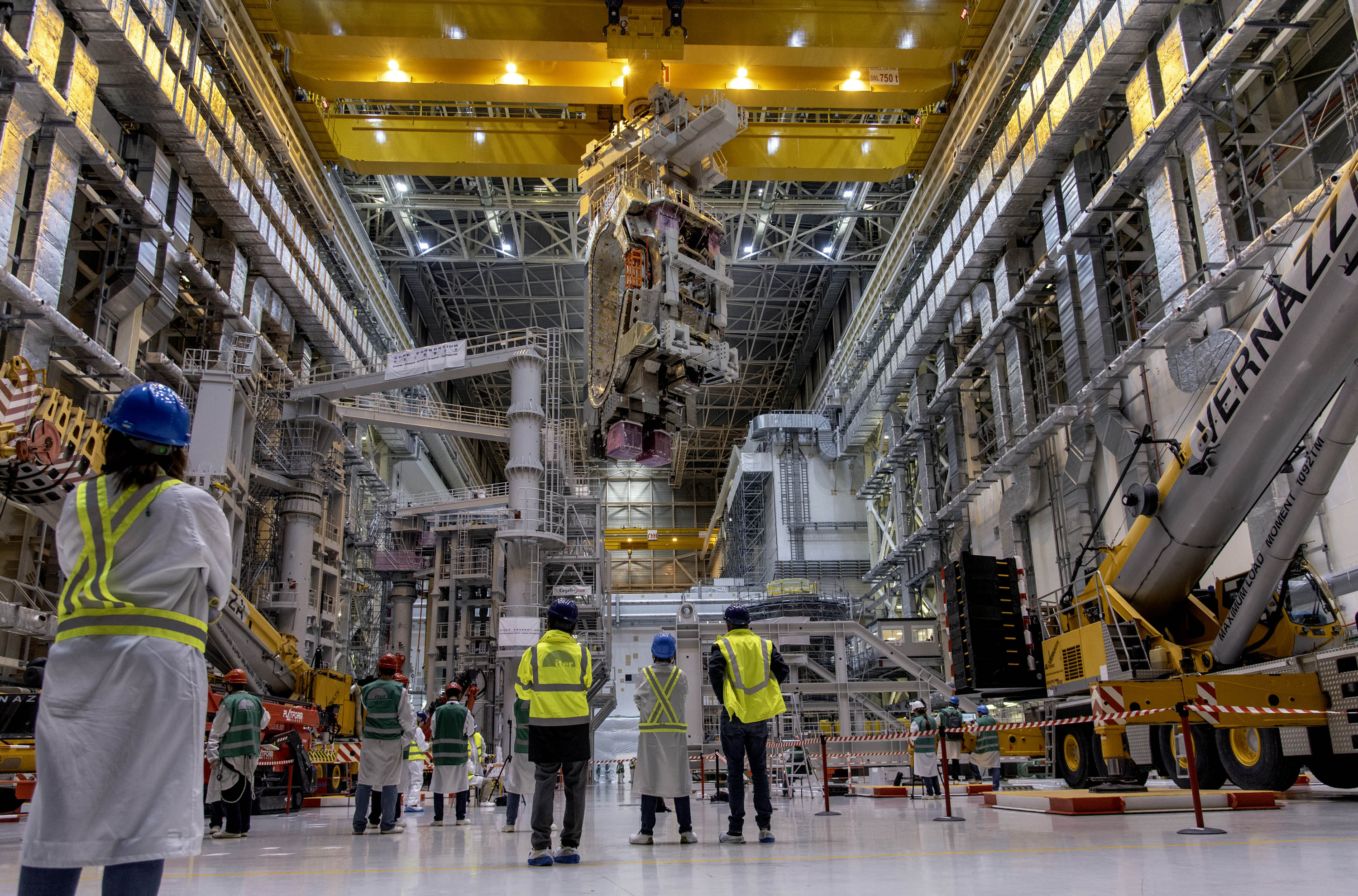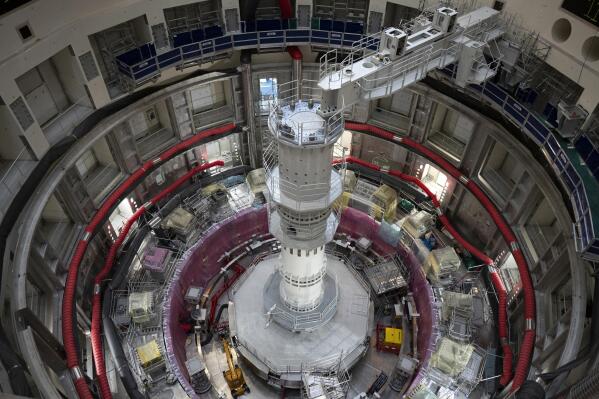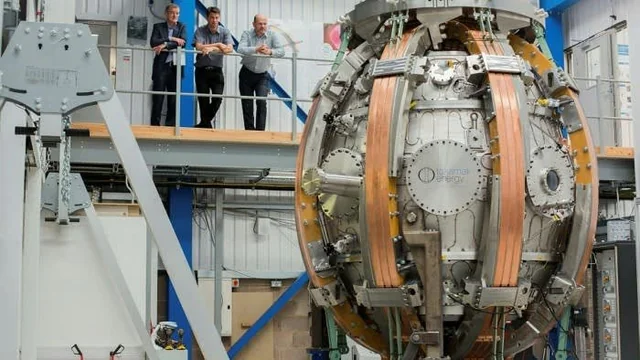In a remarkable milestone for the future of clean energy, the ITER project—the world’s largest and most ambitious nuclear fusion experiment—has successfully completed the final piece of its central solenoid magnet. This achievement marks a pivotal moment in the construction of the massive Tokamak fusion reactor in southern France, where scientists are attempting to recreate the energy process that powers the sun and stars.

At the heart of ITER’s Tokamak design is a groundbreaking feat of engineering: a 13-meter-tall, 3,000-ton superconducting magnet—known as the central solenoid. Often dubbed “the beating heart of ITER,” this magnet is strong enough to levitate an aircraft carrier. Its function is as critical as its scale is awe-inspiring: to generate a powerful magnetic field that helps contain and control a searingly hot plasma at temperatures reaching 150 million degrees Celsius, hotter than the core of the sun.
Unlike traditional energy sources, fusion doesn’t burn fossil fuels or split heavy atoms. Instead, it fuses light atomic nuclei—typically isotopes of hydrogen like deuterium and tritium—into heavier ones, releasing vast amounts of energy in the process. But creating and containing such a reaction on Earth is an immense scientific and technological challenge.
The central solenoid works in concert with other magnets in the Tokamak’s donut-shaped chamber to trap and stabilize the plasma—a superheated soup of charged particles. Since no known material can withstand the extreme heat of fusion plasma, magnetic confinement is used to keep it suspended and away from the reactor walls. These magnetic fields are precisely shaped and timed to hold the plasma in place while allowing the fusion reaction to proceed.

The goal of ITER is nothing short of revolutionary: to generate 500 megawatts of fusion energy output from just 50 megawatts of input power. This tenfold energy gain would result in a self-sustaining “burning plasma”—a crucial step toward practical, commercial fusion power. If successful, it would mark the first time humanity has harnessed fusion in a way that produces more energy than it consumes.
The central solenoid’s completion is the culmination of years of international collaboration and engineering excellence. Built in the United States and shipped to France in segments, the magnet is made of niobium-tin superconducting cables cooled to -269°C (just above absolute zero) to eliminate electrical resistance. When powered, it produces a magnetic field of 13 Tesla, hundreds of thousands of times stronger than Earth’s magnetic field.

ITER (International Thermonuclear Experimental Reactor) is a global partnership involving 35 nations, including the European Union, the United States, China, Russia, Japan, South Korea, and India. It represents one of the most complex engineering projects ever undertaken and a shared human effort to create a future powered by clean, limitless energy.
While commercial fusion power plants are still likely decades away, ITER’s progress is a powerful signal that such a future is within reach. Lessons learned from ITER will inform the design of next-generation reactors, such as DEMO, the planned demonstration plant expected to follow ITER and provide electricity to the grid.
Fusion energy holds tremendous promise. It produces no greenhouse gas emissions, no long-lived radioactive waste, and uses fuel that is abundant and widely available. Unlike solar and wind, it’s not dependent on weather or time of day, offering a constant, reliable energy source.
In summary, the completion of ITER’s central solenoid magnet is a landmark achievement that brings us one step closer to solving one of humanity’s greatest challenges: meeting the world’s growing energy needs sustainably. As ITER moves toward full operation, the dream of replicating the stars’ power here on Earth edges ever closer to reality—a beacon of hope for a cleaner, brighter future.



